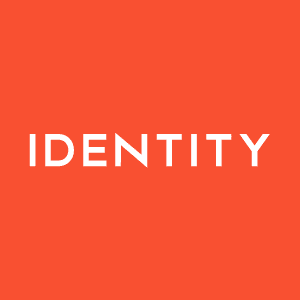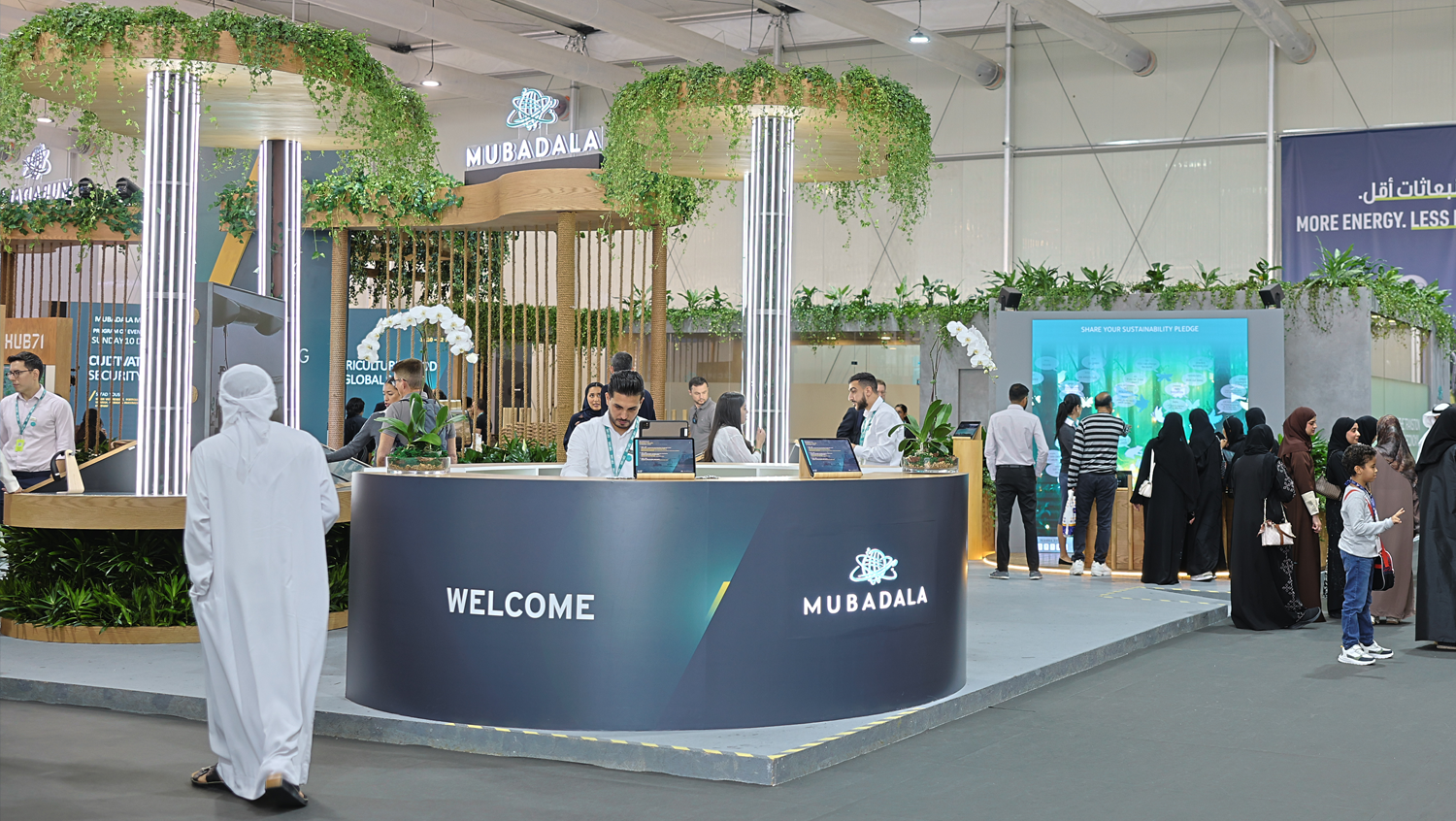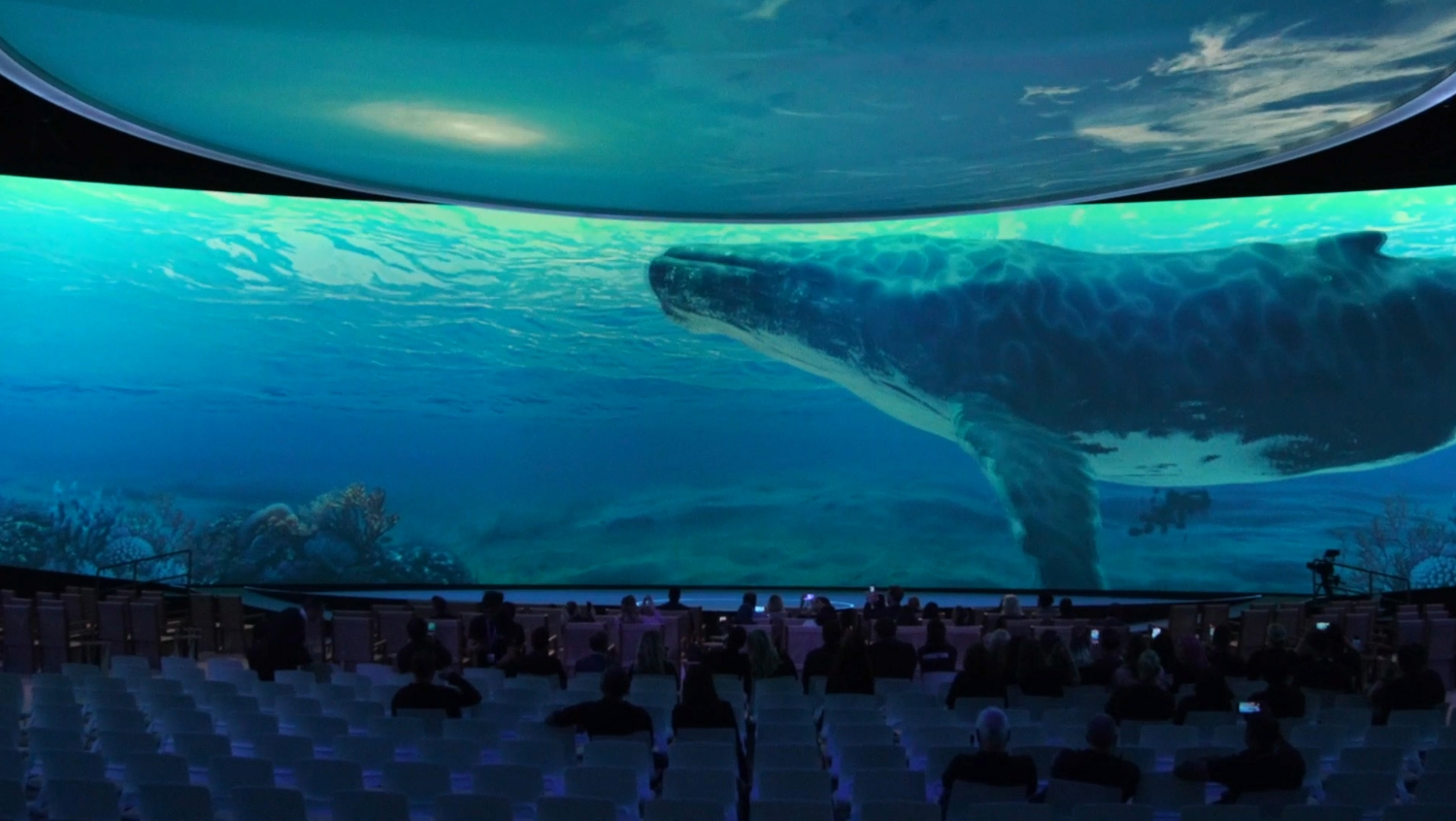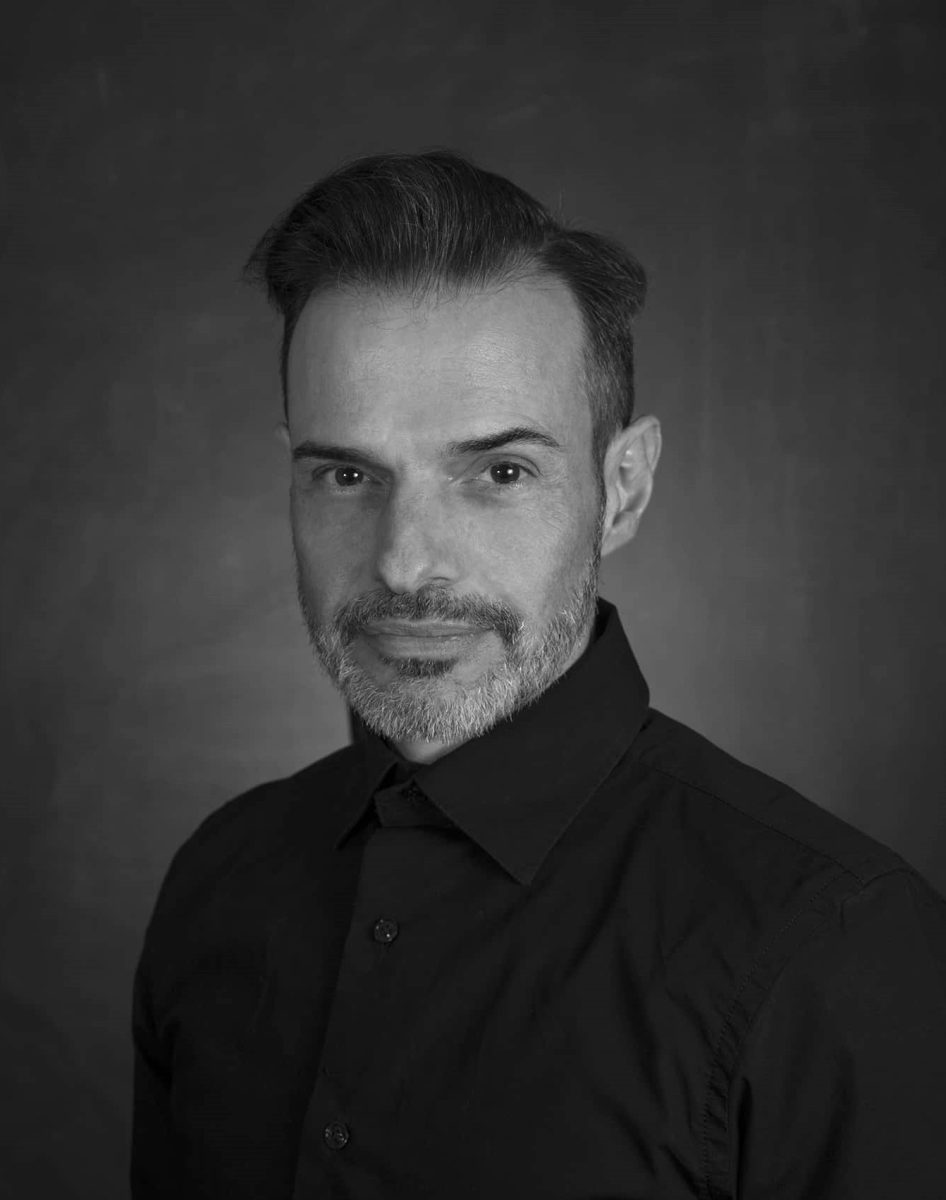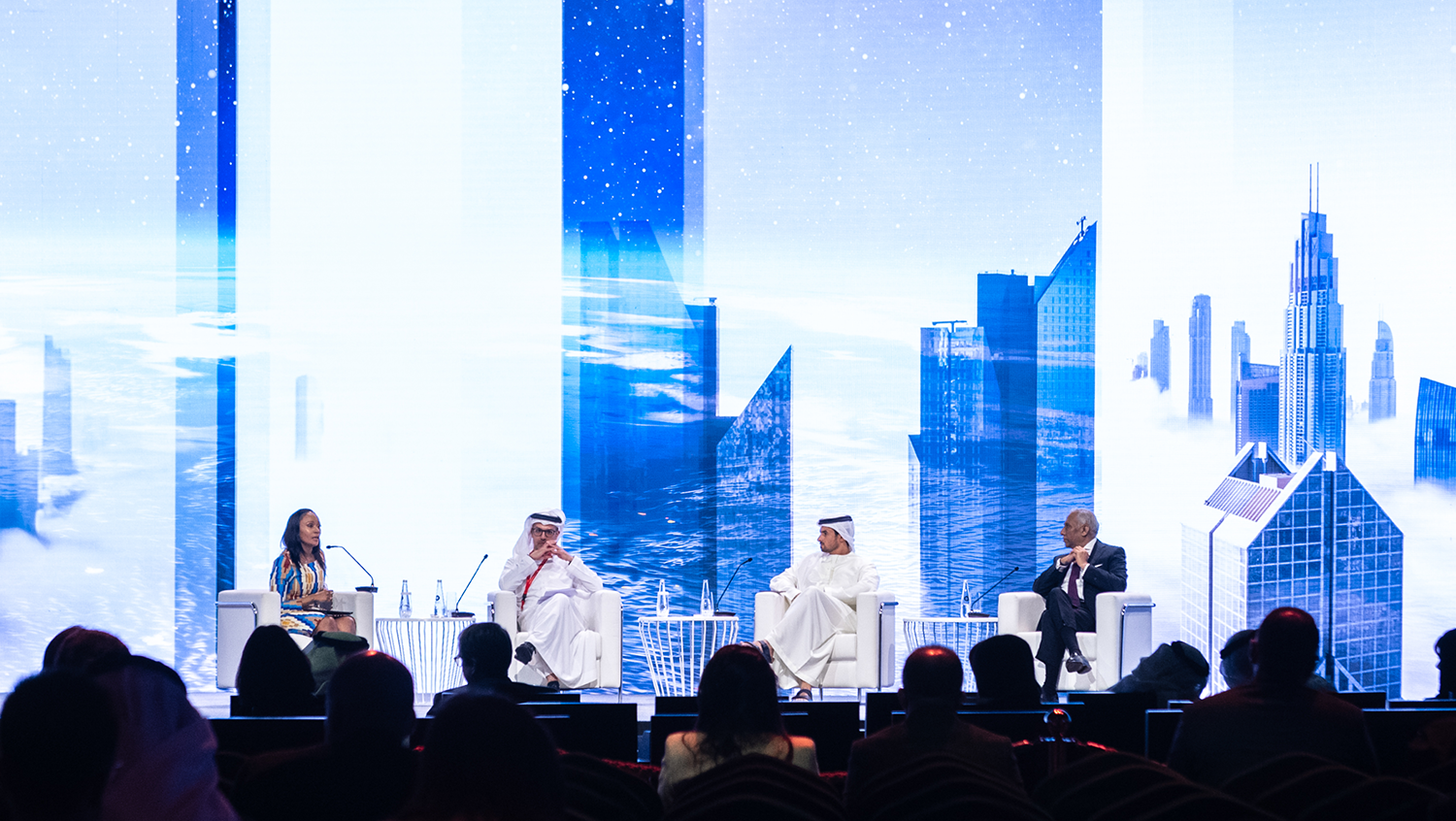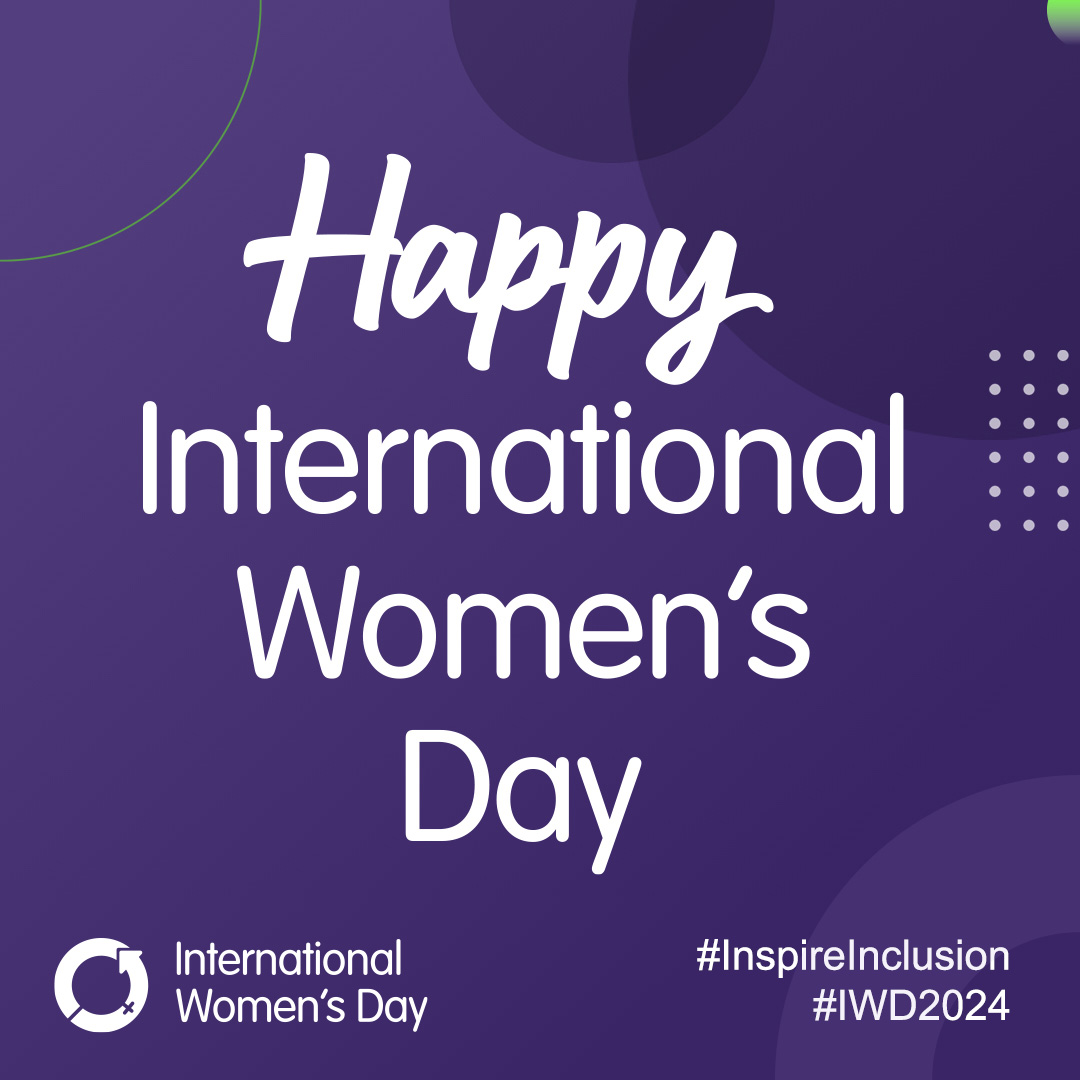Why is community building key during event delivery?
How can online communities increase customer touchpoints and generate revenue in both virtual and live event spaces?
Sophie Ahmed from the Virtual Events Institute joined Michael Gietzen on this Identify episode as they discussed community building for revenue generation around events.

You can read the full transcript below or watch the episode here.
MG: Hello, and welcome to Identify, the news views and insights from within the events industry. I’m delighted to be joined by Sophie Ahmed today as we talk about something that’s been on the tip of a lot of teams, tongue at identity and it’s community building and I guess that’s been very much since lots of people have had to pivot to the digital landscape that were traditionally, maybe an exclusively live, um, live business, uh, and now thinking about how they can generate and create a community and then really how they can monetize that. So no better person than yourself, Sophie, to talk about that.
So I’m going to start first with a simple question. What is community building?
SA: I think very simply it is essentially all about the ecosystem that your event serves. So who is in that ecosystem, whether it be your sponsors, exhibitors, delegates, speakers, stakeholders, associations, anyone who’s involved in your ecosystem, who are they?
And then ultimately how you bring them under the umbrella of your event brand.
MG: Why is it so important, important when planning an event that you’re thinking about those stakeholders?
SA: I think all of this was very relevant, even pre COVID. I think obviously COVID accelerated it, but ultimately the more customer touch points that you have with your community and the more you can nurture those relationships, you’re around the more value they’re going to get from their involvement with your event brand.
So therefore they’re more likely to renew their spend with you or up uh, you know, increase their spend with you or amplify the message to their contacts so that you leverage the network effect. So ultimately, community building is event building and it does drive revenue growth. And the community feeds the event and the event feeds the community and they can really play off each, each other. And it just means that rather than having this sort of graph, where it goes like that you have a really nice steady year round presence. Obviously it peaks a bit at the event. Um, but you can have mini events, you can do things for your micro-communities within your community. You can do it through content. You can do it through networking.
Um, but I think there are many ways that you can really drive down, in terms of revenue growth from community building.
Obviously, as we just touched on, you know, by increasing value for your customers, they’re going to come back and they’re going to come back with more spend and hopefully tell their mates about it. But also you can increase, um, through, uh, actually adding a new revenue stream through subscription. So you can actually increase through adding a gated community behind the paywall, which then lends itself to a really nice subscription-based model for annual recurring revenue.
MG: Which is what publishers have done so well historically, and I guess that’s kind of the Holy grail and we were talking about it probably an early episodes of Identify where how would you take a single event and create a 365 day a year community around that event? This is it.
SA: Yeah, exactly. And yeah, publishing. I mean, if you think about it where the original subscription-based model for community building, um, and the, the key to that of course was data as well. So you know publishers have data. So if you have the data that will help, um, so you can start off by launching quite softly and just having some sort of softer value ads before you go into a full on, you know, gated behind the paywall community. But the cool thing is understanding who your community is, understanding who that ecosystem we talk about. And within that you have cohorts and what we call micro communities and each of those micro communities will have different pain points. That you can address through content or through networking events that are really tailored to those key pain points of the micro communities. Um, so they get more value, right? Anything that’s going to give them more value will of course drive in revenue growth, but ultimately it will also put your event brand at the heart of the community.
So therefore sort of beating off the competition. So if your event brand is the one that’s giving value to your industry year round, and the event itself then ultimately, you know, you’re going to be the number one leader, and also you’re going to get content from your community that you can then use at your event and vice versa. So, you know, you can have some of that lovely on demand content that’s happening a lot, whether it’s a virtual or a hybrid or a physical event, you can post that out throughout the year. Um, but equally by listening to what’s going on in your community and understanding the behavior and the emotions, how they’re interacting with each other, how they’re interacting with your brand, you can actually create content that will go on to be used at the event as well.
MG: Are you seeing a transfer? As you touched on networking and I was going to ask a question about what you think the key generate income generation activities might be, but before with the return of live events, do you see that migrating over back to kind of a live series of things that can keep people going? Or do you think it was turned much more to digital and stay digital?
SA: I think it’s both. For me I think what we’re experiencing is this industry is being disrupted is the digitization of events. So it’s not necessarily saying it’s a virtual event or it’s a hybrid event, or it’s a physical event. It’s just an event that’s been digitized.
So depending on the scale of the event originally or where it is, you know, globally, Um, it will be totally different, but I think, you know, you can find communities on site. You usually find them, you know, at the bar, you’ll see the same crowd with each other or, you know, uh, you know, you, you can actually identify it through your conference streams as well.
Say you have three conference theatres at your show, and each one’s focusing on a different track or a different part of the industry. There’s your community right there. Who’s in conference theatre, one, two, three. That’s how you would do it on site essentially, or, you know, when you have a zoned floor plan where you have certain industry sectors in each zone, so that your micro-community, you just can literally lift that a floor plan.
Or lift those conference theaters, and think about it digitally. So who would have been in conference theatre one, what were their pain points? What were their personas and what they go to listen to and how you can replicate that then digitally as well.
MG: Yeah, really interesting because we’ve been, we’ve been talking about so much and we’ve, and as you touched on it earlier, the ability to create content from this moving forward from the other days of the year. And we’re already seeing that there’s been some great thought leadership groups that spin off from events that then can help support the agenda for the next event that’s coming up. And it’s kept that sense of the community going really, really well.
And we’ve found that sponsors are really keen to get involved and interact with these. So I was going to ask, what do you think are the key revenue generating activities that can be done?
SA: Um, yeah, I mean, just on that point, actually, when you think about a physical event, you’d have a conference producer, you know, doing the research calls, X amount of timeout, and it was a very much sort of process driven.
Wasn’t it? Whereas this is more fluid and it’s more understanding that, you know, temperature checking. What’s actually going on and you never really had that access before, but now you can have that access to really monitor and you can have a community manager to go and listen. And I think that will lend itself to revenue because you will be able to pick up new ideas for how you can speak your brand.
Is there perhaps a new area you could launch into, you know, in the olden days you call it a co-locate, you know, what can you spin off as a co-located launch, um, to leverage off the original brand, but you can do that digitally as well now. So by listening, having a community, community manager, listening every day, looking at what the trends are instantly, you can launch a new product.
Um, you could, not necessarily launch a new product in terms of a new event or a new angle, but also in terms of white papers. So what is it that would drive them to come back and listen to you? Or are they one-to-one sessions that you can monetize? So, you know, meet the speaker. Meet the advisor or meet whoever it is, you know, almost like behind the rope type feel.
So how’d you get there and you can do that digitally as well as physically. So I think we finding that so much.
MG: We’re finding that as well is to actually, how do you create that VIP exclusive moment to the online audience rather than all of those that are live. Sorry, I interrupted.
SA: No, no, exactly. I mean, it’s almost like when you think in the physical world, there’s a speaker you really want to speak to one-on-one and you catch them don’t you as they come off the stage.
Um, and how do we recreate that? But there’s, you know, you can definitely monetize that because that’s a real value add. And whether you bolt that into a sponsorship package, or whether you do it as a standalone, or whether you evolve into these one-on-one, sort of hosted buyer type. Um, events, which platforms really lend themselves to, and then you’re building and building and building.
So. All of it, hopefully is leading to them, going to the physical event where they’ll spend even more money with you. But, uh, and another way of doing it, of course, in the olden days, we had our visitor list that we used to sell, you know, a pound a data entry or whatever it was. Um, but now of course, what you can do is you can do retargeting, so you can actually use digital marketing to leverage your data.
So you could say to your sponsors, year round, I’m now going to allow you access to my data by doing a retargeting campaign to promote you. Um, so that’s also part of community building as well, because that’s just bringing everyone under your umbrella so that everyone is benefiting, but there’s lots of different revenue, streams and inventory.
MG: In your opinion, what do you think are the, the key successes from doing this? What would you be measuring to say? Yeah, this has worked really well, to build this community?
SA: I think, first of all, um, you know, if your inventory’s full, then, you know, you’ve got a, you’ve got a winner, um, and people are spending with you, but I think on a softer level, you, you, you look at engagement. So people are saying the average rule is it’s a 10% engagement of which 1%, are the really, really active ones and the 9% of sort of semi-active or sort of watching. Um, but if you can increase that and you can increase that to say 15, 20%, and you have this community manager or somebody in your team, who’s really monitoring it.
Then I think that’s definitely a sign and a good KPI to know that it’s going well. Um, the other way I think is to identify who your ambassadors will be, particularly within each micro community, both senior, because you want the kudos and both junior for volume, who’s got the largest followers. How do you get them to have a large voice to promote your brand and to amplify your message. And I think if you have a really strong amplification and you can prove that your new members of your community are coming in through this amplification, through this network effect, then I think ultimately, you know, that it’s been really successful because everyone wants to shout about it and organically it’s growing that way.
MG: Well, Soph that’s absolutely amazing loads of food for thought. I think if you’re a brand or an event organizer, that’s feeling like your focus is only on that single event you’re doing well. I hope you’ve had your eyes opened to the fact that there’s so much to be done with your community out there, not just for the event for 365 days a year.
If you’ve had any successes in generating your own community, any ideas for increasing revenue generation around your event. Please leave a comment below or get in touch with you either Soph or I. Sophie, thank you so much for joining me. And I hope to have you back maybe in about six months’ time when we started to see how people are coping with other return of life events.
Thank you.
SA: Thank you very much for having me.


